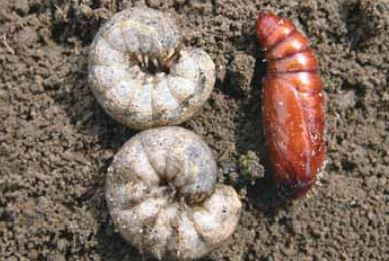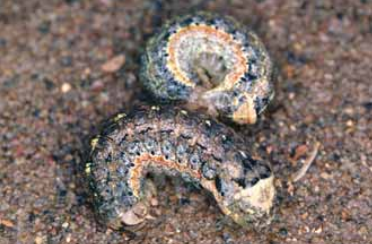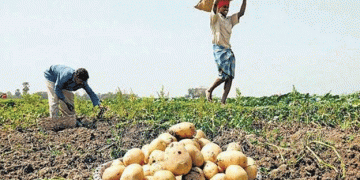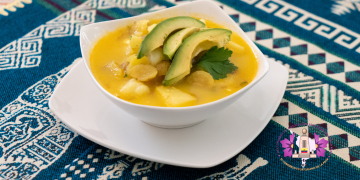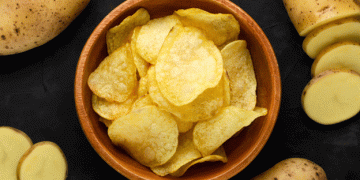Life stages: eggs, larvae, pupae, adult moths.
Cutworms are the larvae of several species of night-flying moths. Female moths lay eggs on the soil or on the foliage; the larvae then hatch and feed on plants or tubers. Most cutworms feed at night and spend the day curled up in the soil. Some species of cutworms are adapted to low temperatures, causing damage to the crop early in the season when the potato plants are still small. Cutworm problems are usually spotty in a field and concentrated
in low, weedy areas. The most common species of cutworms found feeding on potatoes in Ontario are the black cutworm and the variegated or climbing cutworms.
The black cutworm (Agrotis ipsilon) usually feeds on stems at or below ground level, cutting off young plants at the stem base. Later in the season, the black cutworm feeds on tubers.
Variegated or climbing cutworms climb potato plants to feed on the foliage. Since there are two generations of these cutworms during the season, damage may occur when the plants are small and again in late July. Brownblack droppings are usually found on the soil surface underneath plants damaged by climbing cutworms.
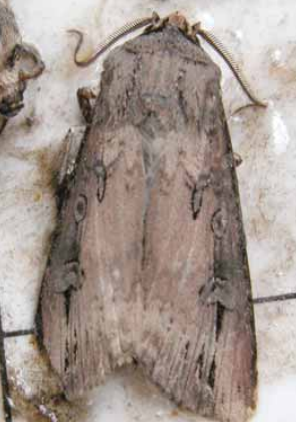
pheromone trap. The markings on the
wings look like cherries.
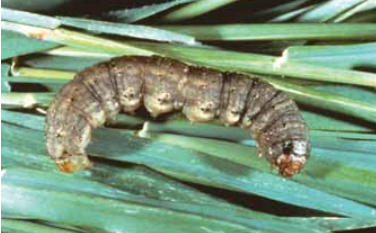
the cutworm typically curls up into a C-shape.
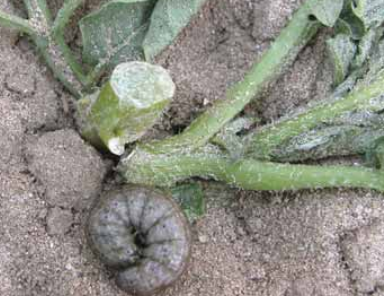
level. The larvae may be found by removing soil
from around damaged plants to a depth of about
5 cm.
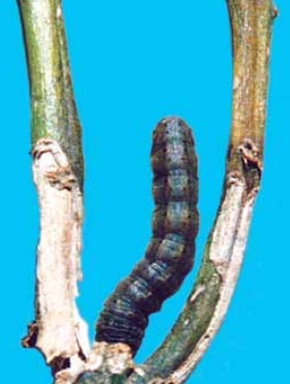
may feed on the lower part of the stems.
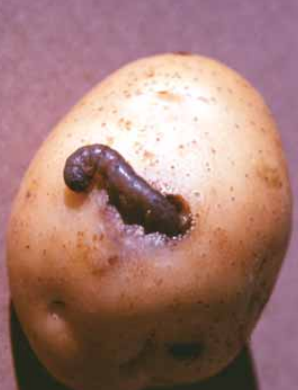

damage that makes them unmarketable.
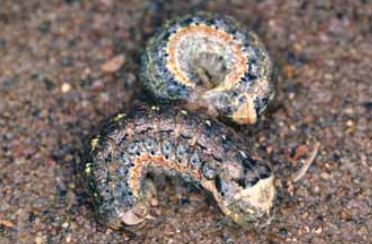
markings along the back and sides of the body.
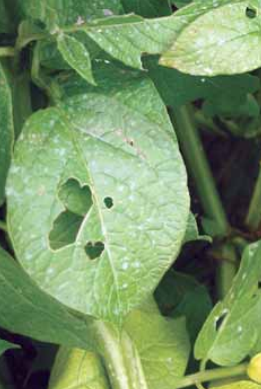
damage.
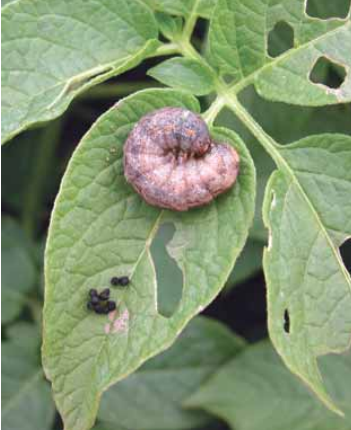
damage and droppings.
